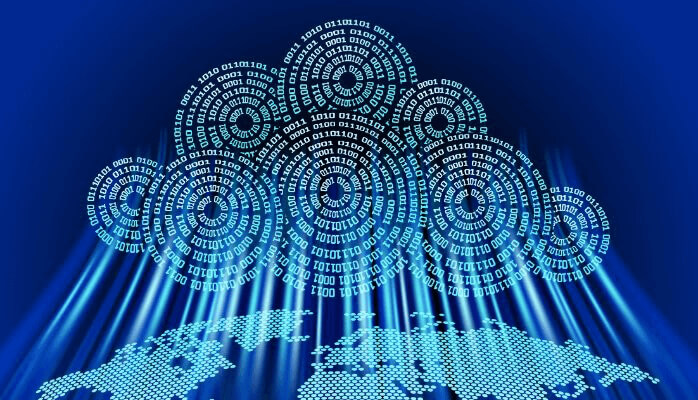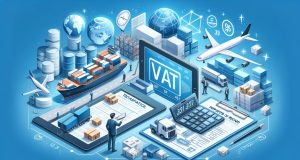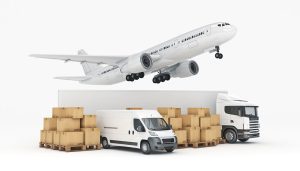Channel sales has always been the lifeblood of an OEM Systems company. In the past, Channel partners offered a number of services to an OEM including demand creation, stocking, accounts receivable aggregation, fulfillment and, in the case of international channel sales, IOR-EOR services. OEM companies outsourced these services to international distributors and resellers because even with deep discounts being offered to the channel this avenue to end customers proved to be the most cost effective. This time tested sales channel model mirrored the same go to market strategy as the automotive industry; an industry that is now being disrupted by the new kid on the block, Tesla Motors, a company that offers a direct to customer sales model. Similar disruption is now occurring in the Network Enterprise space.
Technology Consolidation Creating Channel Conflict
In times past, the Distributor/VAR sales channel offered distinct value to end users through bundled solutions and services that catered to specific market segments. It was not uncommon for a VAR to create a technology package that included a server, modems, switches, routers, VPNs and firewalls as a one-stop shop for any business, regardless of size. This solution was bundled from a line card of companies that had dissimilar products so technology overlap was minimal.
These bundled hardware solutions were coupled with software packages and training that enabled VARs to provide maximum value to both the end customer and the OEMs they marketed. In this setting the VAR was truly a demand creator.
With the advent of Cloud Computing, many of the network functions that had previously been strictly in the hardware domain have transitioned to the cloud and now one appliance can perform the same functions that once required a number of hardware solutions. Along with a trend towards company acquisition this technology consolidation has created more partner conflict within the sales channel. OEMs are now less inclined to court a channel partner to support an opportunity for fear the channel partner might offer the end customer a number of alternative solutions that directly conflict with their offering. In addition as an OEM’s product becomes more cloud centric, the value of the actual hardware has become marginalized so it is the OEM that must distinguish its value by offering customer centric products such as SLAs and network data analysis services, which are products the channel is not well equipped to market. This fee for service model is particularly pronounced in the Security Appliance space where subscription based sales models are becoming the norm. In this model the value of the solution has moved from hardware and software to consulting services. This transition of revenue moving from when the product is delivered to a monthly license fee is difficult model for channel sales to absorb.
The paradigm shift to Cloud Computing has also created a demand for global logistics support. When a Fortune 1000 purchases a security appliance for global use it expects to interface with one entity, the appliance manufacturer, and not with a number of different VARs that are region dependent. The security appliance company must then be able to fulfill this order around the globe, often times shipping not to a its facility, but to a Colo data center. This shift in customer practices creates a Perfect Storm that requires an economical way to deliver product globally without Channel support. Enter the Importer / Exporter of Record (IOR/EOR).
Companies that provide IOR/EOR services have been in existence for many years. An IOR/EOR acts as an agent to administrate import/export activities such as coordinating all activities in alignment with the specific compliance regulations and requirements of the product and source/destination country rules. The IOR/EOR has a physical presence and business relationships in the destination country. Its ability to perform these services comes with a side benefit that is characteristic of the IOR/EOR’s DNA. The IOR/EOR carries only the overhead or provide the services that are specific to product fulfillment. Therefore the IOR/EOR support model will result in savings in the range of 15-30% compared to the channel sales model. The IOR/EOR can also provide in-country services that are associated with leasing activities that a channel partner may or may not have done on an OEMs behalf. Even in situations where leased product is taken out of deployment and needs to be recertified and made fit for resale or recycling, the IOR/EOR can coordinate the administration of these services in-country and by doing so recover value of the off-lease product.
The following chart displays how a company might deploy an IOR/EOR capability within their e-Commerce Sales Strategy.





